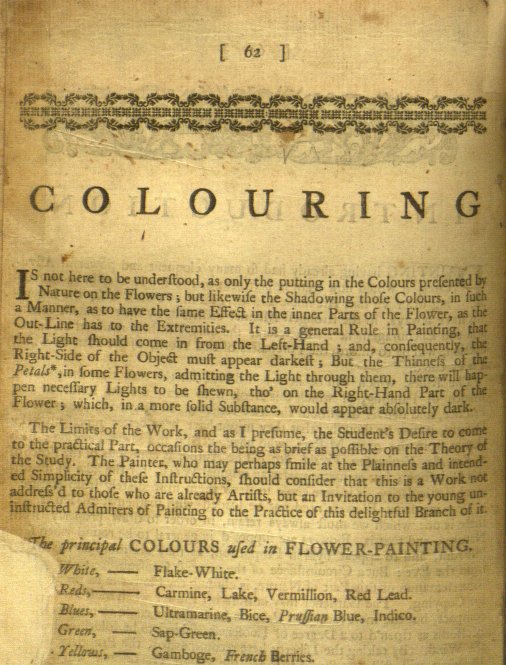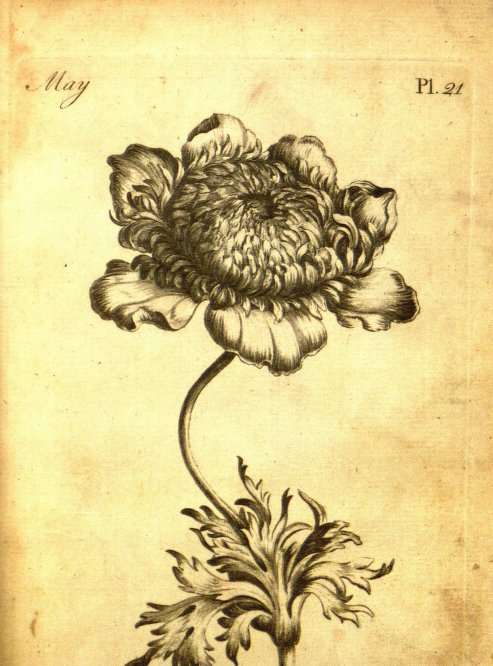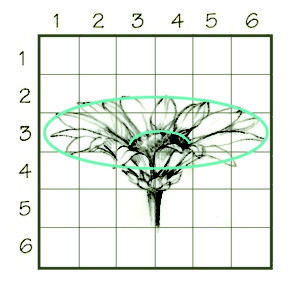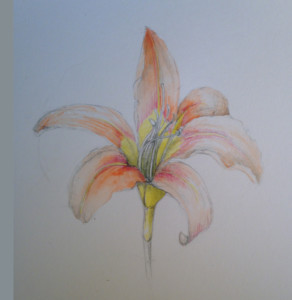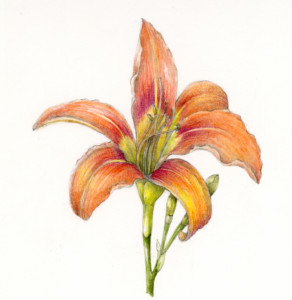I recently taught a drawing workshop at the Midwest Women’s Herbal Conference. Naturally in this venue, the attendees were plant fans and enthusiastic to learn botanical drawing. At one point, someone asked me about creating an adult coloring book to go along with that popular trend. I replied that I thought Botanical Drawing was so much better than the coloring books, because botanical drawing technique demands more creative brain functions and focus, and that my book Botanical Drawing in Color is currently displayed along with the coloring books for adults at the Metropolitan Museum of Art.
After arriving home, a student from the herbal conference sent me a link to this article and I was intrigued. The link took me to some gorgeous scans of a botanical coloring book from around 1760. The botanical engravings in this book are exquisite. The instructions for how to paint them, down to the mixing of the paint colors was so much fun for me to read. To see all the engravings, go here.
I had no idea something like this existed, and to my delight, it included a descriptio
n of perspective drawing of flowers and using a left-handed light source! (For those of you who know my botanical drawing technique, you’ll know why this excited me so–light source and perspective are so important, and I was surprised to find descriptions of them in a coloring book.) Here, the author describes drawing a flower in perspective: “Drawing from flowers need not be loaded with mathematical rules, yet there is one which we must always retain, in order to draw properly from Nature; and that is, flowers are supposed, in general to be round when seen in front, and to appear oval in proportion, as they are more or less turned from the eye.”
It was fun for me to read instructions for botanical drawing technique like the concept of light source explained in the language of the 18th century. It is complex, but the main concept is still there: light coming from the left means the lower right part of the subject is in shadow. The author also mentions the way that petals react to light differently because they are so thin. My students often ask about showing transparency in petals. I discourage showing transparency at first, rather focusing on a convincing structural flower with a good sense of three dimensions from using a consistent light source. “COLOURING is not here to be understood as only the putting in the colours presented by nature on the flowers; but likewise the shadowing those colours, in such a manner, as to have the same effect in the inner parts of the flower, as the outline has to the extremities. It is a general rule in painting, that the light should come from the left-hand; and, consequently, the right-side of the object must appear darkest; but the thinnest of the petals, in some flowers, admitting the light through them, there will happen necessary lights to be shewn, tho’ on the right-hand part of the flower, which in a more solid substance, would appear absolutely dark.”
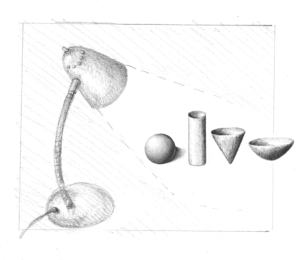
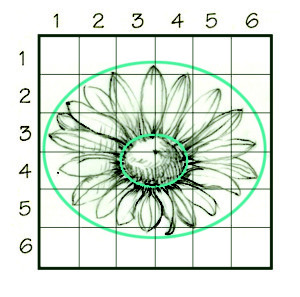

And a one minute video showing the step by step drawing technique.
Though I am not sure what they mean exactly, I do know they are talking about drawing good detail on reproductive parts, outline of petals and using the proper shadowing to create a three dimensional accurate flower.
I’ve asked my students in our online course, The Practice of Botanical Drawing, how they felt about adult coloring books and if they thought I should develop one. Most everyone had very little interest, saying that for them Botanical Drawing was a much richer and challenging experience than coloring. Drawing from nature and learning to convert the three dimensional world into two dimensions is a rewarding and fulfilling challenge that has kept me at it for 20 years now without ever feeling bored.
I am amazed that the techniques described in this 257-year-old coloring book are not so different from the botanical drawing techniques of today!


